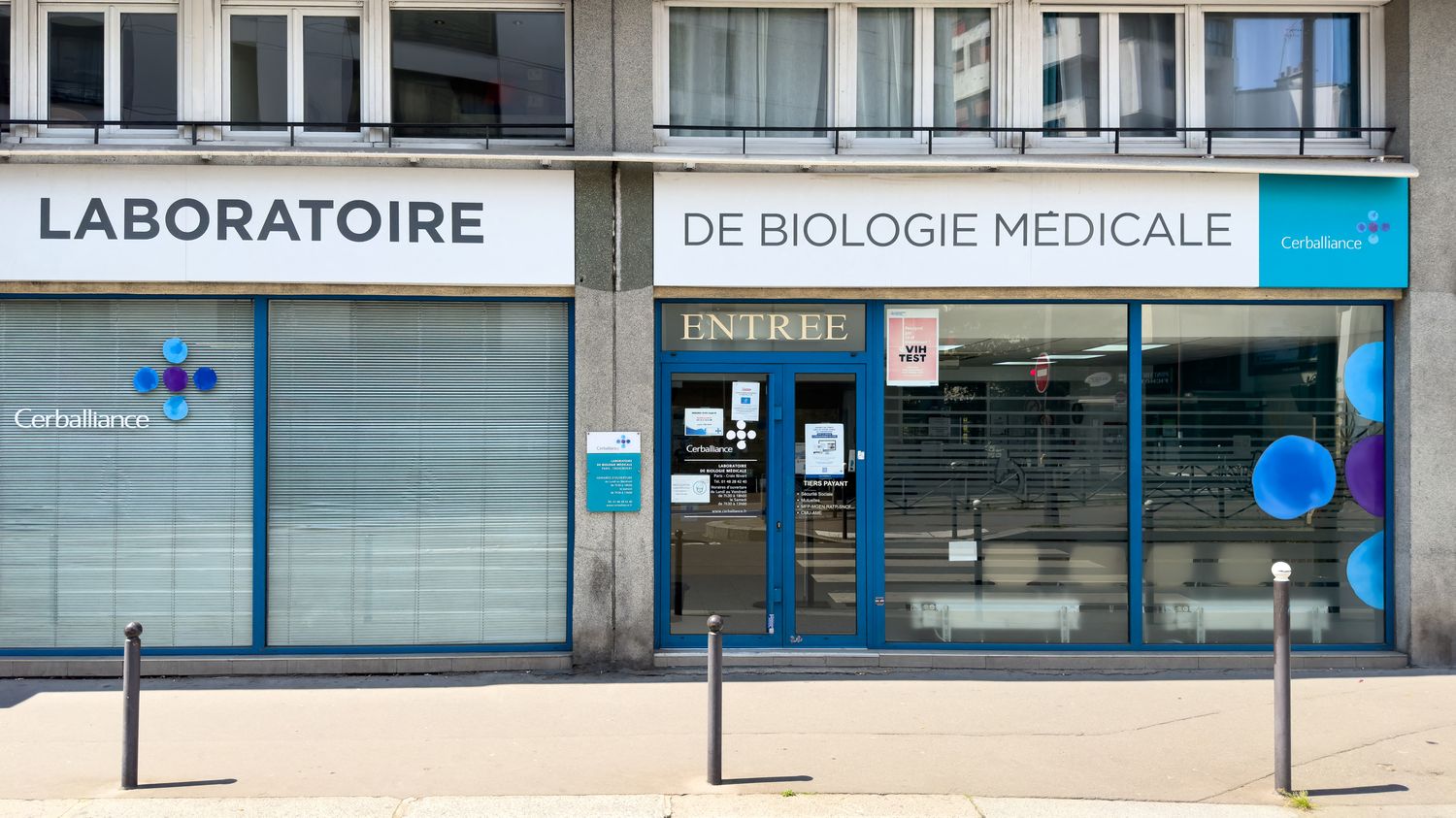From September 1, people under 26 will be able to go to a laboratory without a prescription to get a free test for four sexually transmitted infections.

Published
Reading time: 4 min

This is a preventive measure for sexual health. Under 26s can now get tested free of charge and without a prescription in medical analysis laboratories for four sexually transmitted infections (STIs). The measure, announced in September 2022, comes into force on Sunday, September 1. Here’s what you need to know about this device.
1 What infections are tested for free in the laboratory?
From Sunday, theScreening for hepatitis B, syphilis, chlamydia and gonorrhea will be fully covered by health insurance and can be carried out without a prescription for those under 26. The rest of the population will be able to benefit from 60% coverage by health insurance, the Ministry of Health said on Friday, with reimbursement of the remaining cost for patients covered by a “responsible health insurance”.
HIV (human immunodeficiency virus) screening is already available free of charge in the laboratory, without a prescription, for patients of all ages, details the Health Insurance website. As a reminder, all patients can also already go to a free STI screening center, adds Health Insurance. This new system therefore aims to further facilitate access to screening, particularly for young people.
2 How is screening carried out?
Upon arrival at the laboratory, the patient will be given a questionnaire to allow the medical biologist “to direct the patient towards the most relevant screenings“the order states. This questionnaire asks the patient about the presence of possible symptoms (pain when urinating, lesions in the anal or genital areas, pain in the lower abdomen, unusual vaginal secretions or bleeding, etc.). The form also asks the patient about their sexual practices or about possible STIs known to one or more sexual partners.
If the screening result is positive, the medical biologist will see the patient or call them by telephone to refer them to an appropriate care facility. Furthermore, regardless of the screening result, “a report of results” is addressed to the patient, which also includes prevention messages.
If she greets a “interesting progress”, The president of the Aides association issues a “reserve” on this device, because minors will need parental authorization, oral or written, to carry out laboratory screening. “It seems to us to be a small barrier”estimates Camille Spire on franceinfo. In the absence of parental consent, the laboratories will refer minor patients to a free information, screening and diagnostic center.
3 In what situations is a test recommended?
STIs are transmitted “very easily”, “There are not always visible signs and you should not wait until you have symptoms to act”, warns Health Insurance. For example, cases of chlamydia “are often asymptomatic, but can cause serious infertility problems”, warns Pascal Pugliese, doctor at the Nice University Hospital and president of the national coordination for the fight against HIV and STIs in the Provence-Alpes-Côte d’Azur region, on franceinfo.
There presence of gynecological or urinary symptoms is therefore not the only situation in which screening is recommended. It is also advisable to take a test before stopping condom use with a new partner, after unprotected sex, before starting contraception, before a voluntary termination of pregnancy or when pregnancy is being considered, lists the Health Insurance.
4 How has the number of STIs evolved in recent years?
This expansion of access to screening comes in a context of a resurgence of sexually transmitted infections. In 2022, cases of gonorrhea jumped by 48% in the European Union, with 70,881 cases, according to data from the European Centre for Disease Prevention and Control (ECDC). Cases of syphilis increased by 34% (35,391 cases), and those of chlamydia by 16% (216,508 cases).
This “The increase is as astonishing as it is worrying”the agency director was alarmed, Andrea Ammon, at a press conference in March. Especially since these figures “probably only represent the tip of the iceberg”she said, because the data may be underestimated due to differences in screening practices and access to sexual health services in different European countries.
According to Pascal Pugliese, this increase can be explained by both a “increase in screenings” and one “lower use of condoms“. The results show that there is “an urgent need to raise awareness of STI transmission, and a need to improve prevention, access to screening and effective treatments to address this public health challenge”insists the ECDC.
This increase in the number of cases is also seen across France. Between 2020 and 2022, the incidence rates of chlamydia, gonococcus and syphilis infections increased by 16%, 91% and 110% respectively, according to data from Public Health France. Over this period, women aged 15 to 25 were the most represented among cases of chlamydia (33.1% of the total), ahead of men in the same age group (21.1% of cases). Men aged 15 to 25 are also the most represented among cases of gonorrhea (22% of cases).
